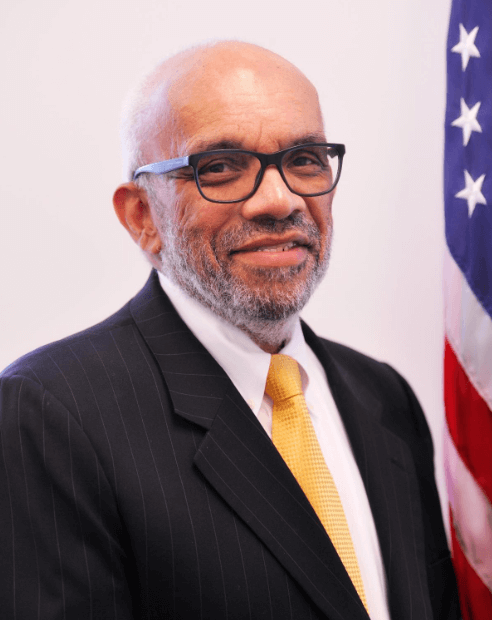 By Dan Gephart, June 5, 2023
By Dan Gephart, June 5, 2023
It can be quite easily argued that Carlton Hadden is the face of the Equal Employment Opportunity Commission’s Federal business. Hadden joined the EEOC in 1987 and was named the director of the Equal Employment Opportunity Commission’s Office of Federal Operations 24 years ago.
During Hadden’s tenure, OFO has helped agencies comply with the new requirements of the Genetic Information Nondiscrimination Act, the Americans with Disabilities Amendments Act and numerous other freshly passed laws and regulations, most recently, the implementation of President Biden’s Executive Orders on diversity, equity, inclusion, and accessibility.
One of EEOC’s current challenges is preparing agencies for an expected increase in reasonable accommodation requests as employees’ return to physical workplace plans are implemented.
“Agencies should be mindful of the obligation to assess the need for reasonable accommodations, on a case-by-case individual basis and to ensure that reasonable accommodations are provided when appropriate,” Hadden said “The EEOC has good resources on this.”
[Editor’s note: FELTG is offering the virtual training Reasonable Accommodation: Meeting Post-pandemic Challenges in Your Agency on June 14 from 1-3 pm ET.]
Hadden graciously took time to recently to answer our questions:
DG: What is the biggest change you’ve seen in EEO complaints over your career?
CH: One of the biggest changes that I have seen is an increase in the use of Alternative Dispute Resolution as an option during the complaint process. While the EEO Counseling phase has always provided an opportunity for resolution, there has been more focus on offering ADR throughout the process. This has helped all parties.
DG: The key to improving representation across all groups lies in barrier analysis. How are agencies doing in this process, and what can most agencies do to improve the quality of their barrier analysis?
CH: Barrier analysis is the cornerstone of our guidance to agencies through EEOC Management Directive 715. Agencies are doing better in managing this process. Over the years, agencies had a focus on barrier identification – the effort to pinpoint evidence that implicates a potential barrier. Where agencies are now moving is to the more sophisticated analysis to determine the root cause of the barrier and ways to mitigate the effects. We would like to see agencies invest the resources needed for analysis and problem solving to address workplace barriers.
DG: Employees often list multiple protected statuses in their EEO complaints. Do you think this helps or hurts them? Is it harder to prove discrimination on multiple bases?
CH: It really is not a matter of whether it helps or hurts to identify multiple protected bases in their EEO complaint. If an individual believes they are being subjected to unlawful employment discrimination, they need to identify all the bases and the alleged discrimination.
DG: How effective is EEOC-ordered training as a remedy for non-compliant supervisors?
CH: Training is an important aspect of providing relief where there is a finding of unlawful discrimination. If appropriate, an order for training can ensure that officials receive needed information on how to provide and maintain a work environment free of unlawful discrimination.
[Editor’s note: FELTG provides compliance training to ensure you meet the spirit of the EEOC orders, as well as to stop the actions from occurring again. Contact us at [email protected].]
DG: What is the most common misconception about the EEO process that you hear all the time that you’d like to set straight?
CH: The Federal Sector EEO process is shared by EEOC and Federal agencies. Heads of agencies have obligations to ensure that their organizations are genuinely model EEO employers. The one misconception I have noticed is that often there is a reference to EEOC complaints when media refers to complaints being initiated. The correct reference is that the EEO complaint is filed with the agency.
DG: Is there anything you’d like FELTG readers to know about OFO?
CH: OFO staff are laser-focused on ensuring that the Federal government achieves its long-standing goal of becoming a model EEO employer. We are looking forward to continued progress in meeting this goal.

